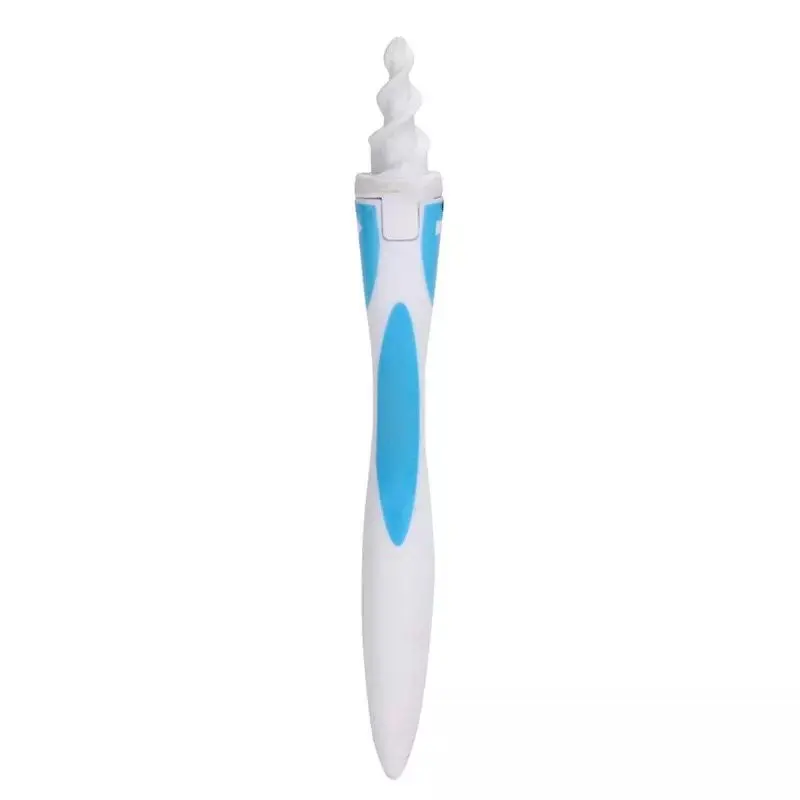
Irrigation – Temporary dizziness, pain and/or your eardrum rupturing (bursting). This can be treated using irrigation or microsuction. What are the potential risks and side effects?Įar drops – Sometimes the wax softens and completely blocks the ear canal, leading to impaired hearing. Microsuction/manual removal – Your symptoms go straight away. Your doctor or nurse can do it, or you can do it at home using special treatment kits bought from the pharmacy, such as Audiclean. Irrigation – Your symptoms go straight away. Microsuction/manual removal – Takes a few minutes and does not need anaesthesia.Įar drops – It doesn't require any instrument to be used in your ear and you can do it at home without going to see a doctor. Irrigation – Should not take more than 30 minutes (includes preparation time). Microsuction/manual removal – No, but small children may not cooperate. Irrigation – No, but small children may not cooperate.

Microsuction/manual removal – A clinician inserting a small surgical instrument (a curette), forceps or suction tip into your ear and removing the wax.Įar drops – Yes, it's NOT recommended for those under 3 years and people with a hole in their eardrum (perforated eardrum). Irrigation – Cleaning your ear canal with water to flush out the earwax. What does it involve?Įar drops – Putting several drops of earwax-softening products into your ears once or twice daily for 3 to 5 days. To help you choose which treatment is best for you, consider the following factors for each option. These procedures are generally only available from specialist audiology (ear) services, although some branches of Hearing NZ (external link) offer them.įrequently asked questions about treatment options: ear drops, irrigation and microsuction/manual removal.

Your doctor or nurse can do it, or you can do it at home using a special treatment kit (eg, Audiclean) from your pharmacy.Ī small device is used to suck the earwax out of your ear or alternatively a thin instrument with a small hoop at one end is used to remove the wax. The wax flows out of your ear with the water. Warm water is squirted into your ear to weaken and dislodge the wax. If the procedure involves liquid, it may feel funny but should not hurt. The procedures used to remove earwax should not cause any pain. Use 2–3 drops in your ear 3–4 times a day and do this for 3–5 days.
#DEVICE TO REMOVE EAR WAX FULL#
Read the full instructions on the packaging. You can buy ear drops (eg, Waxsol) from your pharmacy to soften the wax.

Instead, use one of following treatment options: Ear drops This is not recommended as the wax is often pushed deeper inside and you risk injuring your ear canal. Also avoid ear candles as they have no proven benefit in the removal of earwax and can cause serious injury. Many people try to clean out earwax blockage with cotton wool buds. Talk to your doctor to work out whether you should have preventative treatment. There is no standard procedure for preventing earwax build-up, and for most people, nothing needs to be done unless too much wax develops. You may need to if you are an older adult, wear hearing aids or have a history of excessive earwax. If you experience any of the following, you are advised to contact one of our specialists as soon as possible.Prevention is best for certain groups of people, but not everyone needs it. This can result in serious complications. Another common occurrence is the overuse of cotton swabs or bobby pins on the ears much of the time, this can result in wax being pushed farther into the ear canal. In the UK, it is estimated that 2.3 million people per year have problems with ear wax.Īs a result, the wax gradually builds up to form a solid mass instead of being disposed of in everyday life as normal. It protects the ear canal by lubricating, cleaning, and fighting bacteria. Ear wax (or ‘cerumen’) is a naturally occurring substance that is produced by the ceruminous and sebaceous glands of the outer ear canal.


 0 kommentar(er)
0 kommentar(er)
